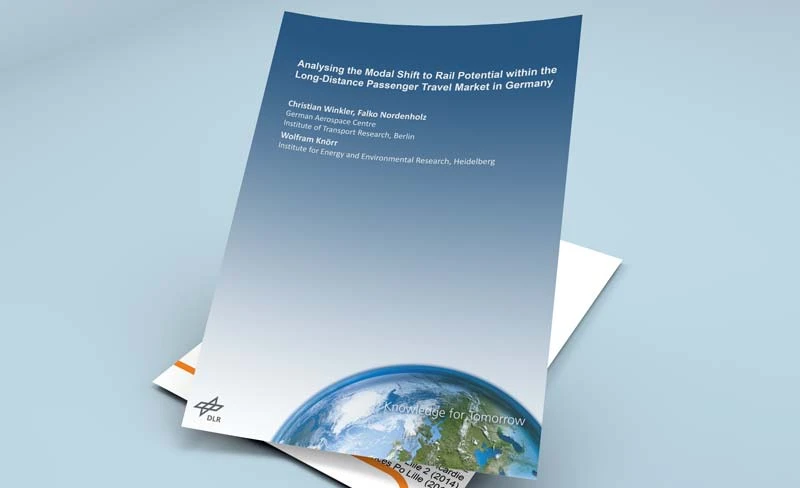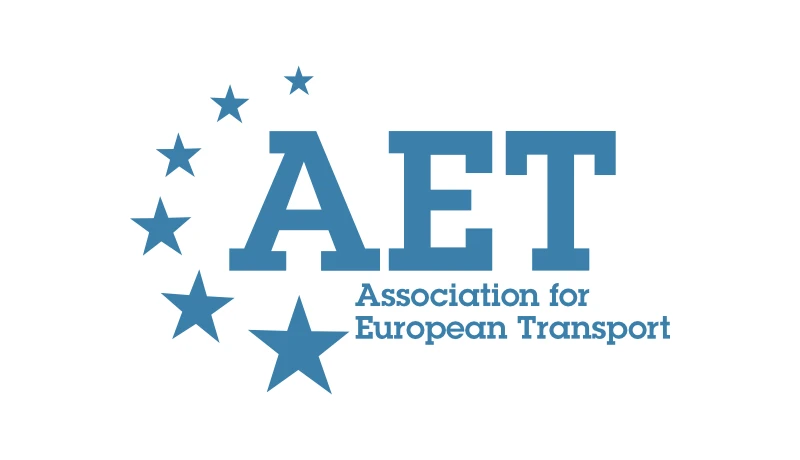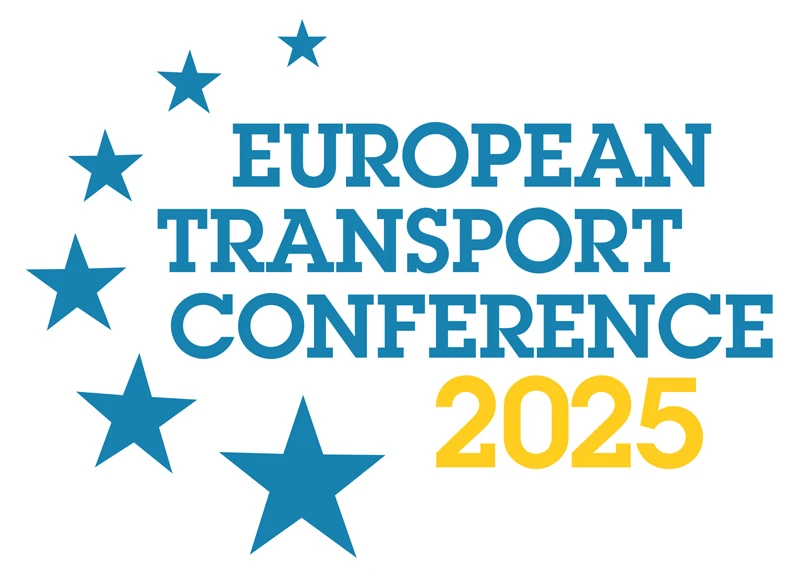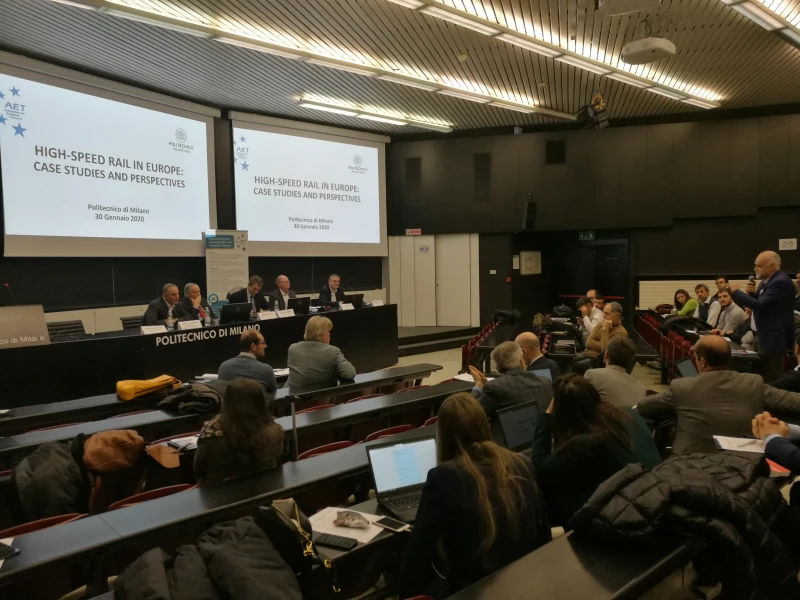-
Past ETC Papers

Browse, search and view papers from the past AET Conferences.
-
Members' Area

AET promotes networking and exchange of ideas, information and opportunities amongst members.
ETC Conference Papers 2010
Glasgow, United Kingdom
ETC Conference Papers 2010
A forecasting model for long distance travel in Great Britain
Seminar
Day 1 (11 Oct 2010), Transport Planning Models and Methods, Long Distance Travel, 11:00 - 13:00
Status
Accepted, awaiting documents
Authors
J Dargay, ITS University of Leeds, UK
Short abstract
This paper examines longer distance travel by car, rail, coach and air in Great Britain and presents forecasts to 2030 on the basis of a dynamic forecasting model.
Abstract
This paper summarizes the work carried out for the Independent Transport Commission on the development of a model to forecast longer distance travel by car, rail, coach and air in Great Britain by British residents. The aim of the model is to examine the effects on long distance travel of possible future developments in transport supply as well as changes in economic, demographic and social factors and a range of policy measures. The forecasts are made to 2030.
Long distance travel is defined as trips of 50 miles or more one-way. In addition to the four modes, long distance travel is broken down into five journey purposes: business, commuting, leisure day trips, visiting friends and relatives (VFR) and holiday, and two distance bands: 50 to less than 150 miles, and 150 miles and greater. Air is only considered a relevant mode for trips of 150 miles or more. Thus long distance travel is broken down into 35 categories: 15 for trips between 50 and 150 miles (3 modes by 5 purposes) and 20 for trips 150 miles of more (4 modes by 5 purposes).
The forecasting model is a dynamic, elasticity driven system of 35 demand equations as described above. For each of these, demand is defined as person miles and is related to travel costs, travel time and the socioeconomic and demographic characteristics of the population by a set of elasticities. Substitution between modes is captured through and own- and cross-elasticities for travel costs and time. All elasticities vary by purpose and distance band as well as by mode. The model forecasts travel on a per capita basis and uses population projections to determine total travel.
A number of input values and parameters are required to calibrate the demand model. These are mainly the base values for demand and the exogenous variables, the elasticities determining the relationships in the model and the drivers we wish to analyse. The base values for the model are taken from the National travel Survey (NTS) of Great Britain for the years 2004 to 2006.
The elasticities used in the model are derived from new empirical evidence based on a wide range of data sources, both aggregate and disaggregate. Aggregate cost and income elasticities have been estimated on the basis of national time-series data. Disaggregate elasticities by mode, purpose and distance band were estimated using NTS data and a new survey of long distance travel carried out for this purpose. The impact of socio-economic, demographic and geographic factors was analysed on the basis of the NTS, whilst time and cost elasticities were derived from estimates of diversion factors and based on the survey of long distance travel. The survey data have been used to estimate diversion factors to derive cross-elasticities with respect to travel costs and travel time, while responses to ?transfer cost? and ?transfer time? questions have been analysed to provide information to derive estimates of own-cost and own-time elasticities. The empirical evidence obtained from the above mentioned analyses is used in conjunction with economic theory and the relationships between elasticities to determine the elasticities to serve as parameters in the forecasting model.
A Base Case is defined in order to produce projections of long distance travel, annually, to 2030. The model is used to examine the impacts of a number of specific policy/supply-side scenarios. These are incorporated into the modelling framework in terms of changes in travel costs and travel time. Some of the scenarios considered relate to different assumptions concerning motoring costs and car fuel efficiency, rail and air fares, and economic growth assumptions.
Documents:
No documents yet.
Association For
European Transport
Forester House
Doctors Lane
Henley-in-Arden
Warwickshire, UK
B95 5AW
+44 (0) 15 64 793552
VAT number: 710 1866 64
Conference Supporters & Endorsers




Legal Entity
The Association for European Transport is registered as an Association ('vereniging') with the Chamber of Commerce for Haaglanden in The Netherlands under company number 27170096.
Built on Zenario




